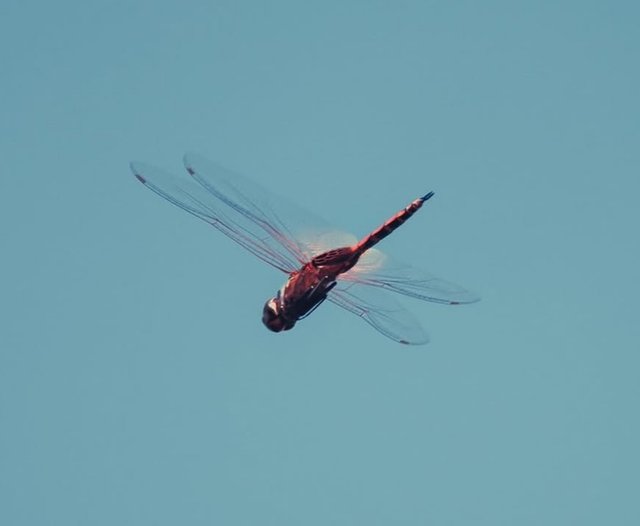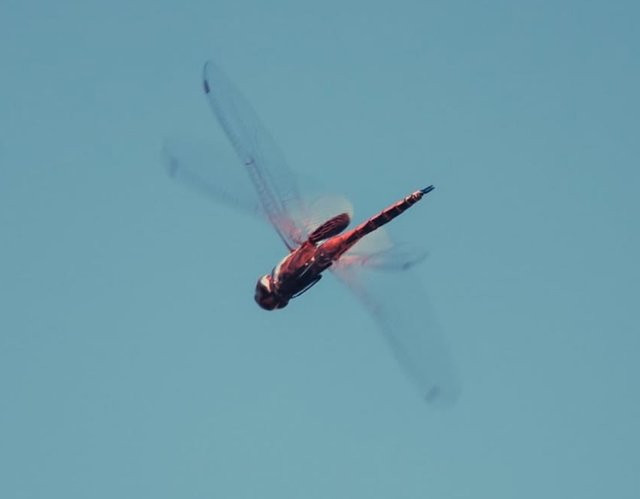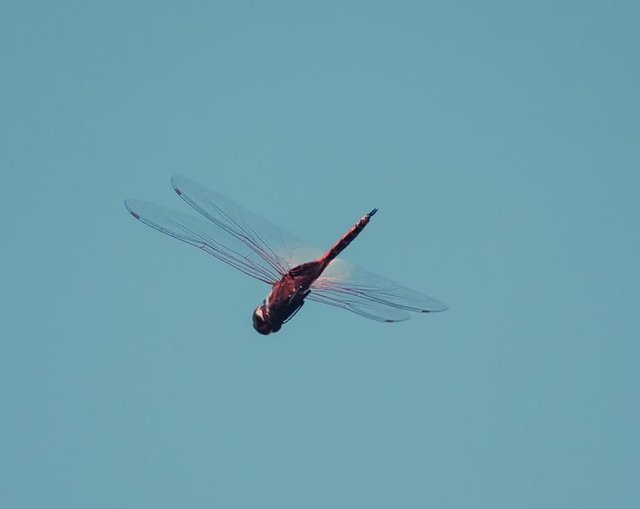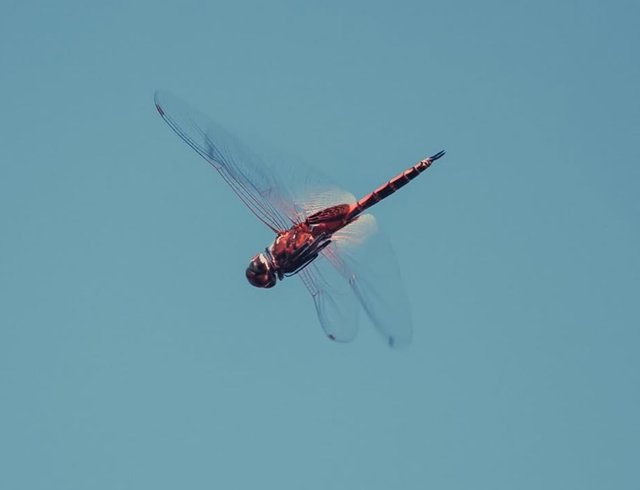So Cute Dragonfly Insect
Dragonflies: Masters of the Sky and Symbols of Transformation
Dragonflies are among the most captivating and ancient insects to grace our planet. Known for their dazzling flight, jewel-toned bodies, and ecological importance, these creatures are both biologically fascinating and culturally symbolic. Their existence dates back over 300 million years, making them one of the oldest known species of flying insects. From their complex life cycle to their aerial agility, dragonflies offer a unique glimpse into nature's ingenuity.
Appearance and Anatomy
Dragonflies are easily recognized by their elongated bodies, two pairs of strong, transparent wings, and large, multifaceted eyes. Their wings can move independently, which allows for remarkable aerial feats such as hovering, gliding, darting in all directions, and even flying backward. Unlike butterflies or moths, dragonflies do not fold their wings when resting—they keep them spread horizontally.
Their eyes are a defining feature, made up of up to 30,000 individual lenses. These compound eyes give them nearly 360-degree vision, enabling them to detect even the slightest movement—an advantage both for evading predators and for catching prey mid-flight.
Coloration in dragonflies ranges from metallic greens and blues to vibrant reds and yellows. These brilliant colors often appear iridescent, thanks to microscopic structures that refract light rather than relying solely on pigmentation.
Life Cycle and Metamorphosis
Dragonflies undergo incomplete metamorphosis, which includes three stages: egg, nymph (larva), and adult. Females typically lay eggs in or near freshwater habitats such as ponds, lakes, marshes, or slow-moving streams.
The nymph stage is aquatic and can last from a few months to several years, depending on the species. During this time, dragonfly nymphs are voracious predators, feeding on mosquito larvae, small fish, and tadpoles. They are equipped with a unique extendable jaw called a labium, which shoots out like a harpoon to snatch prey.
Eventually, the nymph climbs out of the water onto a plant or rock, where it undergoes a final molt and emerges as an adult dragonfly. This transformation, called eclosion, is dramatic and awe-inspiring, marking a transition from aquatic life to air-borne predator.




%20(10).jpeg)